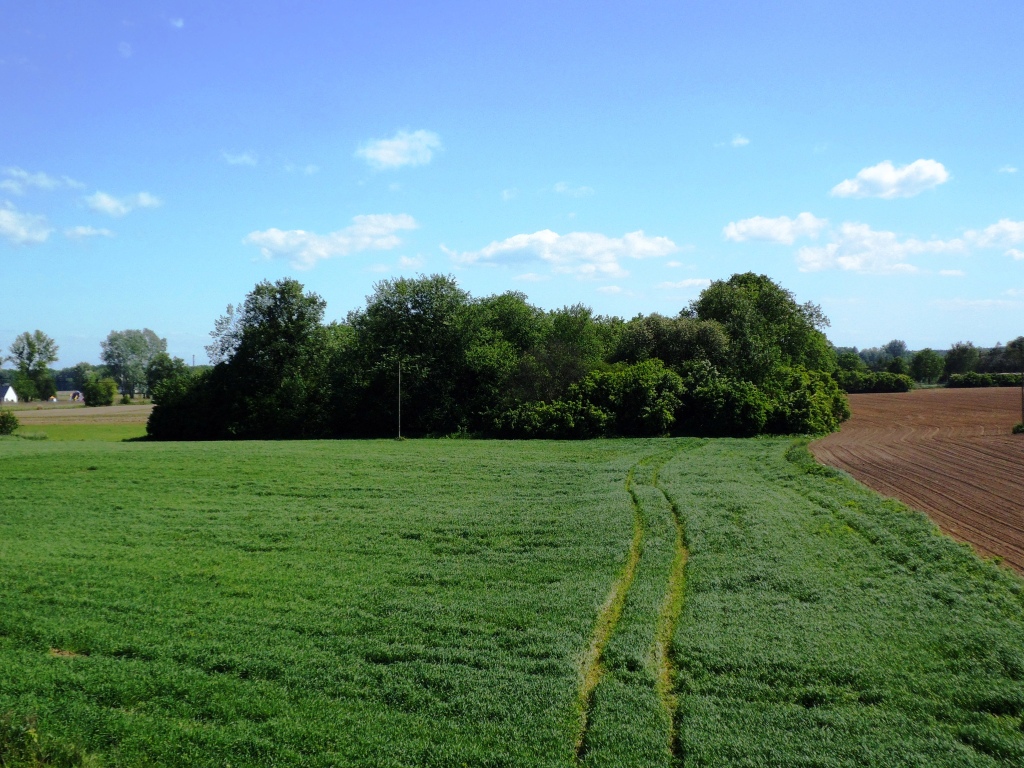Recently I finally got round to reading an article that had been on my ‘must read’ list for more than a year. The title of Dominika Szczupak’s article, ‘The technique of the demolition of Teutonic Order fortresses in the Middle Ages‘, makes it clear why it’s relevant to my own research on slighting (the deliberate destruction of high-status buildings).
I can’t quite remember how I can across it – probably via Google Scholar. As well being curious about new research into slighting I was very excited to be broadening my own horizons. The focus of my PhD and subsequent research has been on the castles of England, Scotland, and Wales. That is largely due to linguistic limitations. The English abstract made it clear that this would be an important article, and I took a punt on Google Translate. It seems to have done a pretty good job and I was able to read the article in full.
The bibliography is a useful resource and I’ve picked out a couple of articles I’ll try to track down. Crossing one thing off your reading list just ends up with more taking its place! I remember when skimming the article last year that I had a worrying moment when Szczupak mentioned the work of Hannes Möhring discussing slighting. Luckily, it was a case of my memory falling short as I’d referenced the same work in my PhD (though I think it was a case of indicating there is someone else who has engaged with the topic, rather than critically addressing the content).
There is a lot of detail in the article and it really repays a close read, but there are two points in particular that stand out.

Firstly, the issues Szczupak mentions are familiar to the context I work in. Specifically the author highlights that demolition is often treated as a discrete event with little discussion of the context, and there have been no large-scale systemic studies of the phenomenon in Poland. That resonates with my view of the understanding of slighting in England, Scotland, and Wales in 2010 when I started on this topic.
Secondly, the case studies Szczupak uses are fascinating. They fall into a typical template of slighting of being linked to conflicts and assertions or rejections of authority. The historical sources are especially rich and the details of the slighting of the Teutonic Order’s castle at Mała Nieszawka is a brilliant case study. There are details of back and forth between the parties involved discussing how extensive the slighting should be – should be it be total, or should the outer walls be reduced to a fixed height? What about the internal buildings and structures? All of that and more contributes to a very rich picture which I’m sure I’ll be referring back to in the future.
Anyway, here’s hoping that Dominika Szczupak’s work in this area continues!